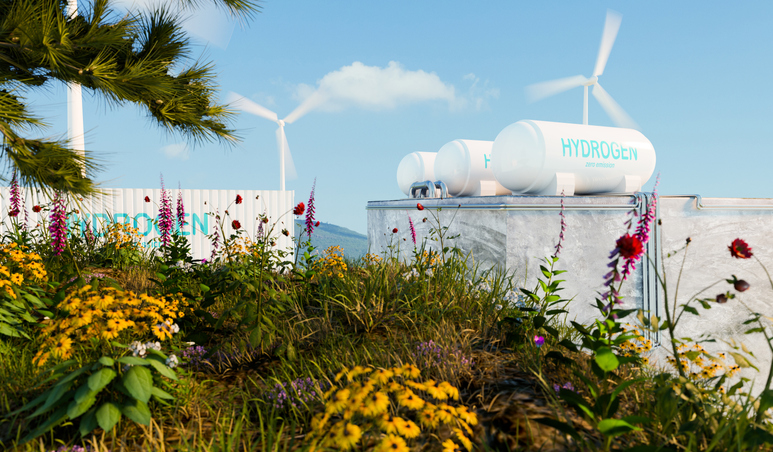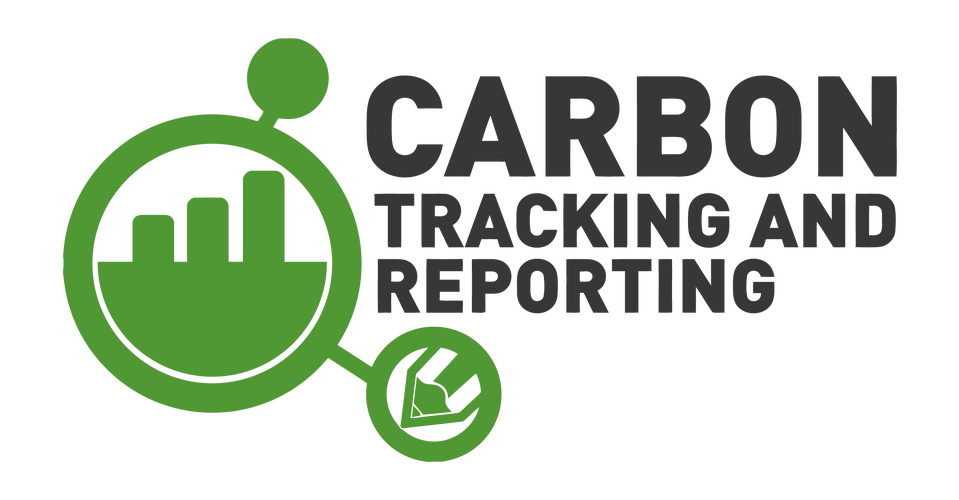Life Cycle Analysis
As consumers, we often consider the cost, quality, and features of a product before making a purchase. However, there’s another important factor to consider when evaluating a product – its environmental impact. This is where Life Cycle Analysis (LCA) comes in. What is Life Cycle Analysis? Life Cycle Analysis is a methodology used to assess the environmental impact of a product or service throughout its entire life cycle, from raw material extraction to disposal, consumption or recycling.
The goal of LCA is to provide a comprehensive and scientifically rigorous understanding of the environmental implications of a product so that informed decisions can be made about its design, production, and use. LCA involves identifying and quantifying the inputs (e.g., energy, materials) and outputs (e.g., emissions, waste) associated with each stage of a product’s life. This information is then used to determine the overall environmental impact of the product. LCA is a powerful tool for understanding the environmental impact of products, as it considers all aspects of a product’s life cycle, including production, use, and disposal. Why is Life Cycle Analysis Important? As consumers, we can have a significant impact on the environment by making informed choices about the products we buy.
By understanding the environmental impact of products, we can make choices that minimize our impact on the environment. In addition, businesses and governments can use LCA to make more sustainable decisions. For example, LCA can help businesses identify opportunities for reducing the environmental impact of their products, and governments can use LCA to develop policies that encourage sustainable production and consumption. LCA can also help consumers and businesses make more informed decisions about recycling and waste management. For example, LCA can help identify the most environmentally friendly ways to dispose of products, including recycling and composting.
How to Conduct a Life Cycle Analysis
Conducting an LCA can be a complex and time-consuming process, but there are many tools and resources available to help. There are several steps involved in conducting an LCA, including Defining the scope of the analysis – Determining what aspects of a product’s life cycle will be considered, including production, use, and disposal. Identify the inputs and outputs – Identify and quantify the inputs and outputs associated with each stage of a product’s life cycle. Assess the impact – Use data on the inputs and outputs to assess the environmental impact of the product, including the impact on climate change, air and water pollution, and resource depletion.
Evaluate the results – Evaluate the results of the analysis to identify opportunities for improving the environmental performance of the product. Final Thoughts Life Cycle Analysis is a powerful tool for understanding the environmental impact of products and making more informed decisions about our impact on the environment. By considering the environmental implications of products throughout their entire life cycle, we can make choices that minimize our impact and help create a more sustainable future.



